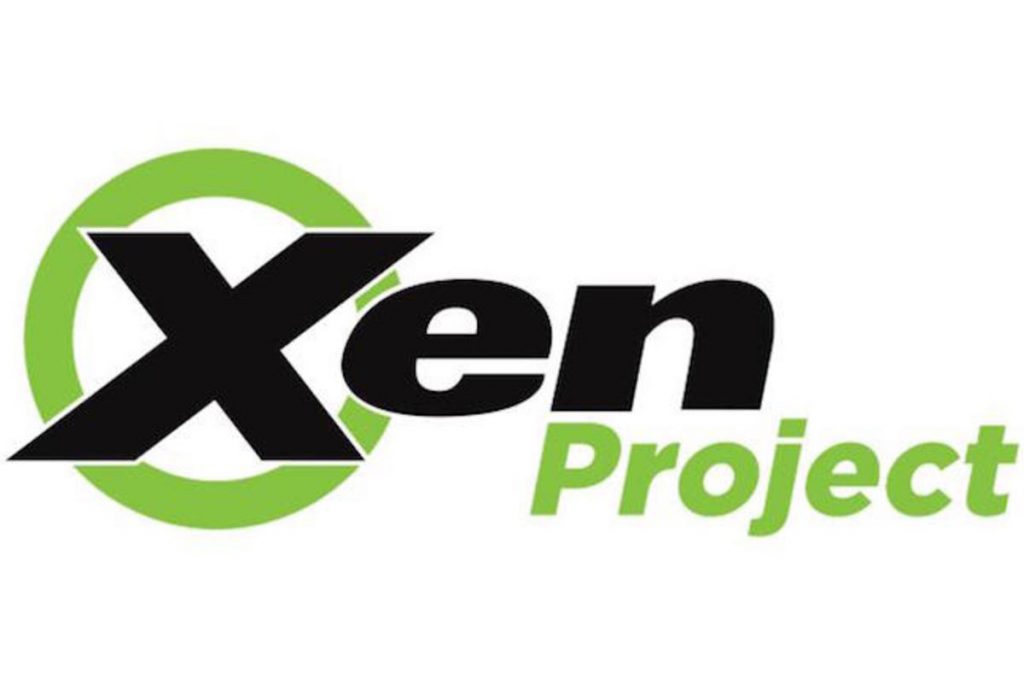
Xen Project is open source baremetal hypervisor, integral part of the Linux kernel and available in Linux systems. It is one of the numerous projects that are handled by Linux Foundation.
Components of Xen Project
Standard Xen-running environment is consisted of few different parts. There is a Domain 0, which is the way in which you call the operating system of the host. However, it is not a typical host OS because other virtual machines are not required to use it in order to gain access to the hardware of the host server. The so-called Domain 0 is only responsible for drivers` access, and if there is a need for some type of coordination then that will be properly handled by this Domain 0. Besides Domain 0, there are other virtual machines that are called Domain U.
The Xen Project hypervisor can run many different operating systems on a single host or a machine. It is the one and only type 1 hypervisor that can be used as open source. Xen Project is typically used as a base for many different open source and commercial applications like desktop virtualization, server visualization, embedded Infrastructure as a Service, security applications and hardware appliances. A thing worth knowing is that Xen Project powers the biggest clouds you can find in production today.
The main features of the Xen Project hypervisor are the following:
- Paravirtualization is one key component through which the optimization is used so the paravirtualized guests run as virtual machines. That enables them to run faster in comparison to running wits some hardware extensions. Besides that, Xen Project hypervisor can run even on hardware that is not supportive of virtualization extensions.
- Driver Isolation is another main feature. The hypervisor allows the driver of the main device to run inside the virtual machine. In case the driver is compromised or crashes, then the virtual machine that has the driver can be restarted and the driver will reboot without affecting or having any influence on other parts of the system.
- The hypervisor has small interface and footprint, which is less than one megabyte in size. This is because it uses microkernel design and that leaves tiny memory footprint. That makes it more secure and more robust in comparison to other hypervisors.
- Finally, operating system agnostic is another top feature. Many installations use Linux as their domain 0, but here many other operating systems can be used, such as OpenSolaris and NetBSD.
